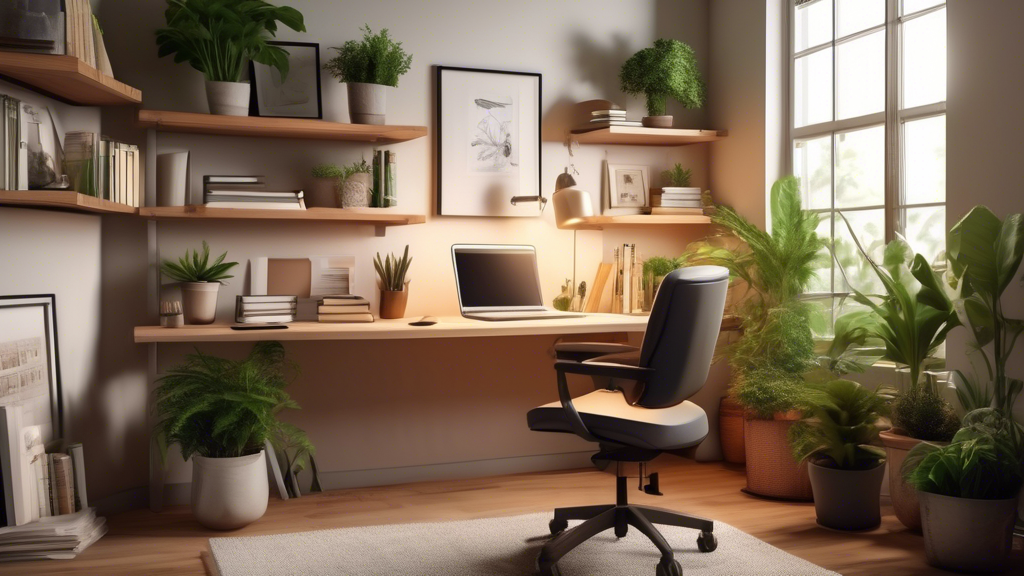Introduction to the Home Office Deduction
The Home Office Deduction is a fiscal provision available to homeowners and renters who utilize part of their residence exclusively and regularly for business activities. Given the rise in remote work, particularly noticeable since the onset of the COVID-19 pandemic, understanding this tax deduction is more relevant than ever. It’s designed to alleviate the burden of business-related expenses that accrue when part of a private home is used for work.
Eligibility Criteria for Home Office Deduction
To claim the home office deduction, there are primarily two basic requirements set by the Internal Revenue Service (IRS) that need to be met:
Exclusive and Regular Use
An area of your home must be used exclusively for conducting business activities on a regular basis. For example, if you use a spare room as your office, it must strictly be used for work and not for any other personal activities.
Principal Place of Your Business
In addition to exclusive and regular use, your home should serve as the principal place of your business. This means you either use your home substantially and regularly to conduct business, or you meet clients/customers there in the normal course of your business.
Types of Expenses and How They Are Deducted
There are two types of expenses related to the home office deduction: direct expenses and indirect expenses. Direct expenses are costs that apply only to the home office, such as painting or repairs solely in your office. Indirect expenses are costs that pertain to the entire house, like heating, electricity, and mortgage interest or rent. These are apportioned based on the percentage of your home used for business.
Calculating the Deduction
There are two methods to calculate the home office deduction: the Simplified Option and the Regular Method.
- Simplified Option: This method allows a rate of $5 per square foot of the home used for business, with a maximum of 300 square feet, translating to a maximum deduction of $1,500.
- Regular Method: Requires calculating the actual expenses of home use based on a percentage designated to the business use of the home. This method is more detailed and requires substantial documentation.
Limitations and Restrictions
The home office deduction is subject to several restrictions. It cannot create a business loss. In other words, the deduction is limited to the business income minus business expenses. Additionally, there are special rules for storage of inventory, rental use, and daycare facilities that may impact eligibility.
Documentation and Compliance
Maintaining proper records is crucial to defend the deductions if audited by the IRS. Keep detailed receipts and records of all expenses you claim as deductions. Use of software or spreadsheets to track expenses throughout the year is advisable. Furthermore, understanding the differences between the Simplified and Regular methods can help in deciding the most advantageous way to file for the deduction.
Conclusion
The home office deduction can offer significant tax savings for those eligible. By understanding and adhering to IRS guidelines and maintaining accurate records, taxpayers can effectively leverage this deduction to offset costs inherent in running a business from home. Consultation with a tax professional is recommended to ensure compliance and to strategize the best use of this deduction for your specific circumstances.





